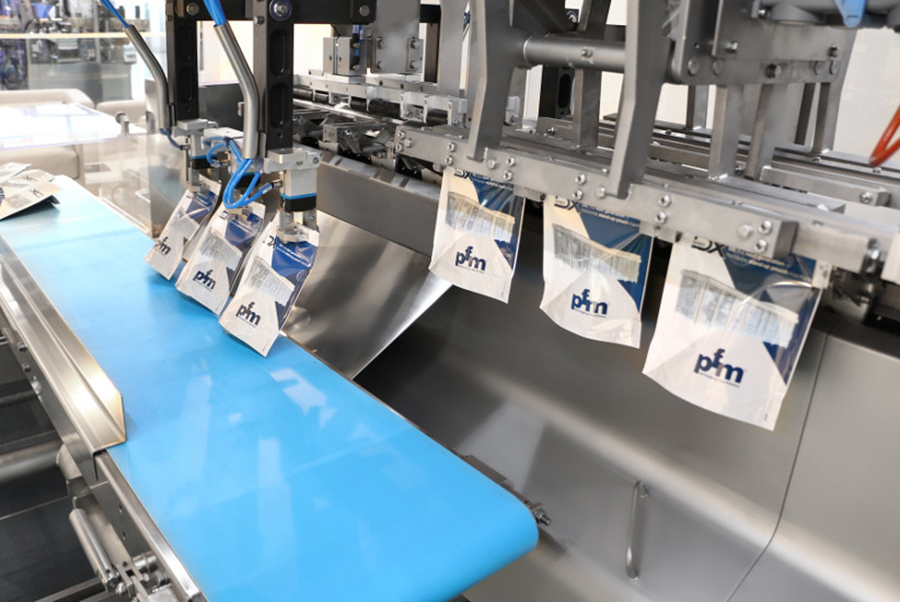
-
 Afrikaans
Afrikaans -
 Albanian
Albanian -
 Amharic
Amharic -
 Arabic
Arabic -
 Armenian
Armenian -
 Azerbaijani
Azerbaijani -
 Basque
Basque -
 Belarusian
Belarusian -
 Bengali
Bengali -
 Bosnian
Bosnian -
 Bulgarian
Bulgarian -
 Catalan
Catalan -
 Cebuano
Cebuano -
 Corsican
Corsican -
 Croatian
Croatian -
 Czech
Czech -
 Danish
Danish -
 Dutch
Dutch -
 English
English -
 Esperanto
Esperanto -
 Estonian
Estonian -
 Finnish
Finnish -
 French
French -
 Frisian
Frisian -
 Galician
Galician -
 Georgian
Georgian -
 German
German -
 Greek
Greek -
 Gujarati
Gujarati -
 Haitian Creole
Haitian Creole -
 hausa
hausa -
 hawaiian
hawaiian -
 Hebrew
Hebrew -
 Hindi
Hindi -
 Miao
Miao -
 Hungarian
Hungarian -
 Icelandic
Icelandic -
 igbo
igbo -
 Indonesian
Indonesian -
 irish
irish -
 Italian
Italian -
 Japanese
Japanese -
 Javanese
Javanese -
 Kannada
Kannada -
 kazakh
kazakh -
 Khmer
Khmer -
 Rwandese
Rwandese -
 Korean
Korean -
 Kurdish
Kurdish -
 Kyrgyz
Kyrgyz -
 Lao
Lao -
 Latin
Latin -
 Latvian
Latvian -
 Lithuanian
Lithuanian -
 Luxembourgish
Luxembourgish -
 Macedonian
Macedonian -
 Malgashi
Malgashi -
 Malay
Malay -
 Malayalam
Malayalam -
 Maltese
Maltese -
 Maori
Maori -
 Marathi
Marathi -
 Mongolian
Mongolian -
 Myanmar
Myanmar -
 Nepali
Nepali -
 Norwegian
Norwegian -
 Norwegian
Norwegian -
 Occitan
Occitan -
 Pashto
Pashto -
 Persian
Persian -
 Polish
Polish -
 Portuguese
Portuguese -
 Punjabi
Punjabi -
 Romanian
Romanian -
 Russian
Russian -
 Samoan
Samoan -
 Scottish Gaelic
Scottish Gaelic -
 Serbian
Serbian -
 Sesotho
Sesotho -
 Shona
Shona -
 Sindhi
Sindhi -
 Sinhala
Sinhala -
 Slovak
Slovak -
 Slovenian
Slovenian -
 Somali
Somali -
 Spanish
Spanish -
 Sundanese
Sundanese -
 Swahili
Swahili -
 Swedish
Swedish -
 Tagalog
Tagalog -
 Tajik
Tajik -
 Tamil
Tamil -
 Tatar
Tatar -
 Telugu
Telugu -
 Thai
Thai -
 Turkish
Turkish -
 Turkmen
Turkmen -
 Ukrainian
Ukrainian -
 Urdu
Urdu -
 Uighur
Uighur -
 Uzbek
Uzbek -
 Vietnamese
Vietnamese -
 Welsh
Welsh -
 Bantu
Bantu -
 Yiddish
Yiddish -
 Yoruba
Yoruba -
 Zulu
Zulu
Guide to Efficient Setup of Your Thread Rolling Machine for Optimal Performance and Productivity
Understanding the Setup for Buying a Thread Rolling Machine
When it comes to manufacturing precision parts and components, the importance of choosing the right machinery cannot be overstated. One such machine that has become crucial in many industries is the thread rolling machine. It is designed to create external threads on a variety of materials, providing high tensile strength and excellent surface finish. If you are considering investing in a thread rolling machine, it is essential to understand the setup process and the factors that influence your buying decision.
Importance of Thread Rolling Machines
Thread rolling machines are essential in various sectors, including automotive, aerospace, construction, and electronics. They offer a more efficient and economical solution compared to traditional cutting methods for creating threads. The rolling process involves deforming the material instead of cutting it, which results in a stronger and denser thread. This method not only saves material but also reduces production costs, making it a preferred choice for many manufacturers.
Key Considerations Before Purchase
Before you make a purchase, there are several factors to consider to ensure you choose the right thread rolling machine for your needs
1. Type of Thread Rolling Machine There are two main types of thread rolling machines flat die and cylindrical die. Flat die machines are suited for larger workpieces and produce threads on flat surfaces, while cylindrical die machines are ideal for round materials. Assess your products to determine which type is best for your manufacturing process.
2. Material Compatibility The material you plan to use significantly influences your machine choice. Different machines can handle various materials, including steel, aluminum, and plastics. Ensure that the machine you select is compatible with the materials you frequently work with.
3. Production Capacity Consider the volume of parts you need to produce. Assessing the machine's speed, cycle time, and production capabilities will help you determine whether it can meet your manufacturing demands.
4. Machine Features Look for features that enhance the machine's performance, such as automation, programmable settings, and adjustable rolling speeds. These features can improve efficiency and ease of use.
buy thread rolling machine setup

5. Space Considerations Thread rolling machines can vary significantly in size. Ensure that you have adequate floor space in your workshop or factory to accommodate the machine, keeping in mind that additional space may be required for operator movement and maintenance access.
6. Budget and Cost of Ownership Thread rolling machines can involve significant capital investment. Evaluate not only the purchase price but also the ongoing costs associated with maintenance, operation, and potential tooling. A more expensive machine might offer better durability and efficiency, thus resulting in lower overall ownership costs.
Setting Up the Machine
Once you select the right machine, setting it up correctly is crucial for optimal performance. Here are some basic steps to consider
1. Location and Foundations Ensure the machine is placed on a solid and level surface to minimize vibrations during operation.
2. Electrical and Hydraulic Connections Properly connect the machine to electrical and hydraulic systems, ensuring they meet the manufacturer's specifications.
3. Calibration and Testing After installation, calibrate the machine according to the manufacturer’s guidelines. Run test productions to fine-tune settings and confirm the machine operates effectively.
4. Operator Training Train operators extensively on how to use the machine safely and efficiently. Understanding the operational procedures will minimize errors and enhance productivity.
Conclusion
Investing in a thread rolling machine can significantly enhance your production capabilities and product quality. By carefully considering the machine's type, material compatibility, production capacity, and setting up correctly, you can streamline your manufacturing process and ensure a successful investment. As the market continues to evolve, embracing modern technologies in machining will provide a competitive edge in the manufacturing landscape.
